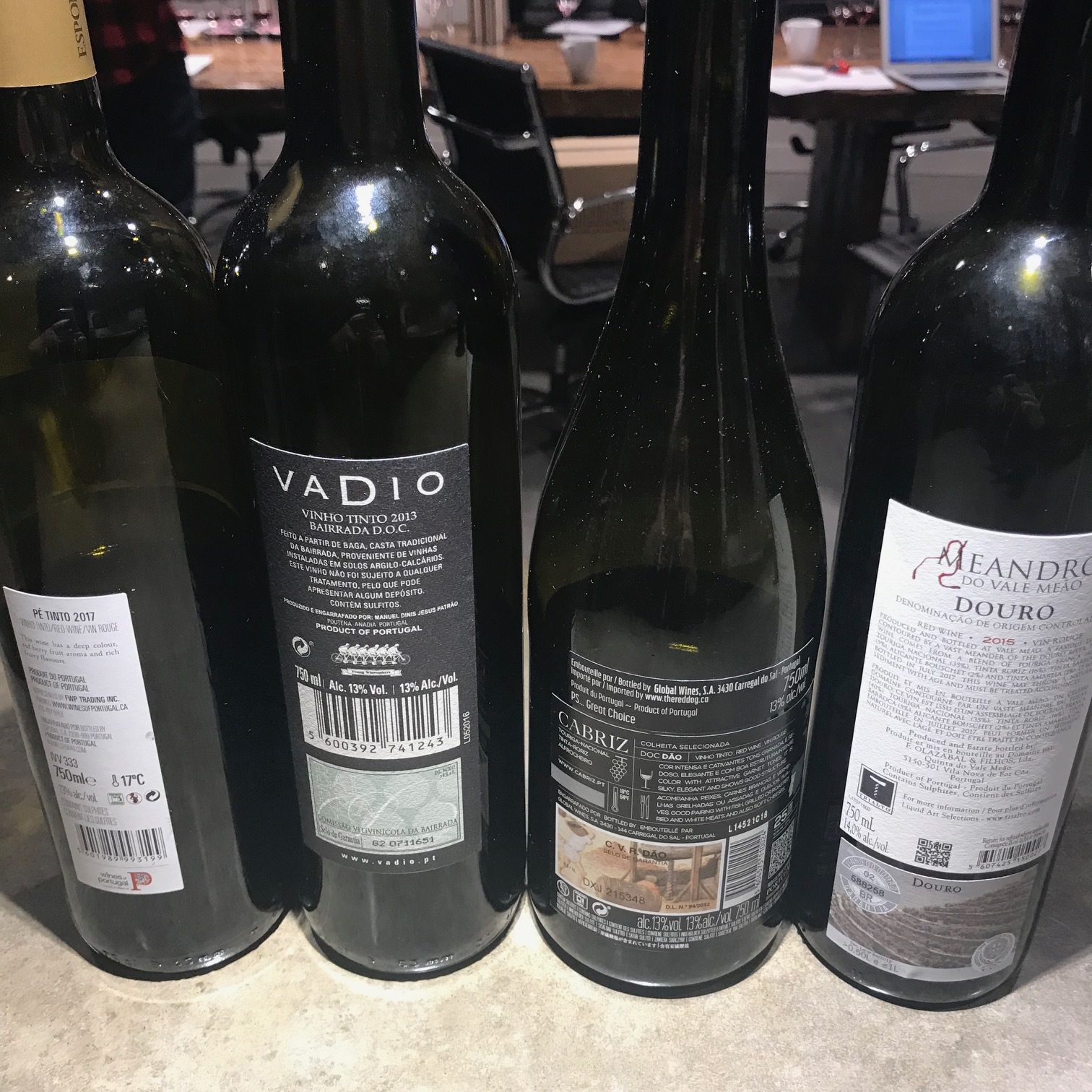LESSONS FROM A MOCK MW BLIND TASTING EXAM: PART 1
12 red wines. 2 1/4 hours. Everyone, sharpen your palates, it’s going to be a bumpy ride.
Whenever I have the chance to taste with Master of Wine students, I leap at it. I’m not an MW student, so it’s an amazing opportunity to learn (especially when considering whether to apply in June).
What kind of questions are the students asked, how do they compose their answers, what logic are they using as they taste?
Last weekend, I sat a mock Paper 2 exam. There were 12 wines to taste, all of them red, and we had two and a quarter hours to write the exam. There were three flights within the 12 wines, and each flight had a set of questions relating to those particular wines. In this article, I’m going to focus on one cleverly presented flight of wines from within the mock exam, not only because it stumped everybody, but also as it hammered home a few key takeaway points on blind tasting exams in general.
Wines poured and we’re off to the races
The flight had four red wines, and in the mock exam it was the last of the three flights. On the instruction sheet, we’re told they’re all from the same country and that each is a blended wine. For each wine, we must: identify the origin as closely as possible, assess its quality in context of its origin, and comment on its maturity level.
Here are my notes:
Wine 1 - Med+ ruby with hint of purple. Deepest colour of flight. Medium tears. Musty aroma. Med+ intensity dark berry, smoky spice, oak suggests USA. Med body, med acid, med+ velvety tannins, med/+ alc ~13.5%, smooth/no edges.
Wine 2 - Med- ruby, watery rim, sheeting tears. Med- intensity red fruit, earthy, not getting a lot of scent. High acidity, med+ alc ~14%, crunchy raspberry. Very concentrated.
Wine 3 - Med ruby tending to garnet, rim is showing some age. Med tears. Med+ intensity, US pickle oak, red fruit, soft spice. Perfumed. Very high acidity, high tannins, very bright flavours. Has some age.
Wine 4 - Med ruby. Med+ intensity, game, smoke, rock, dusty. Med body, med alc, balanced. Youthful.
Lesson 1: My notes, taken at the tail end of the exam, are not up to snuff. I’ve gotten tired, and have skipped some important categories. Because I haven’t rigorously assessed the wines, it makes it much harder to draw conclusions based on the question. I have overtasted all 12 wines, going back to them over and over because I can’t place them, leading to palate fatigue (and very dark red teeth). I nosed through all 12 to begin, and left this flight till last because it was the deepest coloured and most pronounced set.
Takeaway: stick to your note taking system, whether it is a grid, cross, or other. Minimize how often you taste each wine to avoid palate fatigue, for example only taste each sample twice.
Lesson 2: This was a rather sly question as written, because unless you were careful, it was easy to draw the wrong conclusions. The question tells us that all four wines are from the same country, but doesn’t mention region. It tells us they are all blends, but doesn’t say anything about them being the same blend. When I brainstormed red blends, at first I was trying to come up with four different blends for each country. But, after re-reading, I saw that these could be all the same blend, or all different, from the same region, or from many regions in one country. I also grasped on the second read through that the question was not even asking for us to ID grapes, but to comment on origin and maturity.
Takeaway: re-read the question to clarify your understanding of it matches up with what the examiner is asking you to do. Having an incorrect understanding of the question’s goal will set you down the wrong path.
Lesson 3: So, I had re-read the question and noted what it was really asking. Based on the tasting, I reasoned this was an old world wine region, with warm climate. Then, I made my list of possible origins. Here were my three top choices:
- Italy
- Spain
- France
…but guess what? The place the wines came from is not even on that list. So, I’d spent my time working from an incomplete assessment of the wines, trying to fit them in to a region, but none quite fit.
Takeaway: if you’re making a list of possible regions, or grapes, have a stand by memorized list that you work from. For example, I should have had a full list of warm climate countries known for blends ready in my brain. Because, if the answer is not even in your long list, it will never appear in your answer!
So, where were our mystery red blends from? The guesses at the table ranged from Spain, to France, and Italy. But it was:
Wines L>R 1-2-3-4
PORTUGAL! Of course. A warm climate, lots of red blends, old world. It wasn’t even on my radar. Whoops! Lesson learned.
Hope you enjoyed this summary, and happy blind tasting. If you have any suggestions or blind tasting tips, please leave a comment below.
Cheers & Cin Cin,
Rachel
Wines from L>R 4 - 3 - 2 -1




